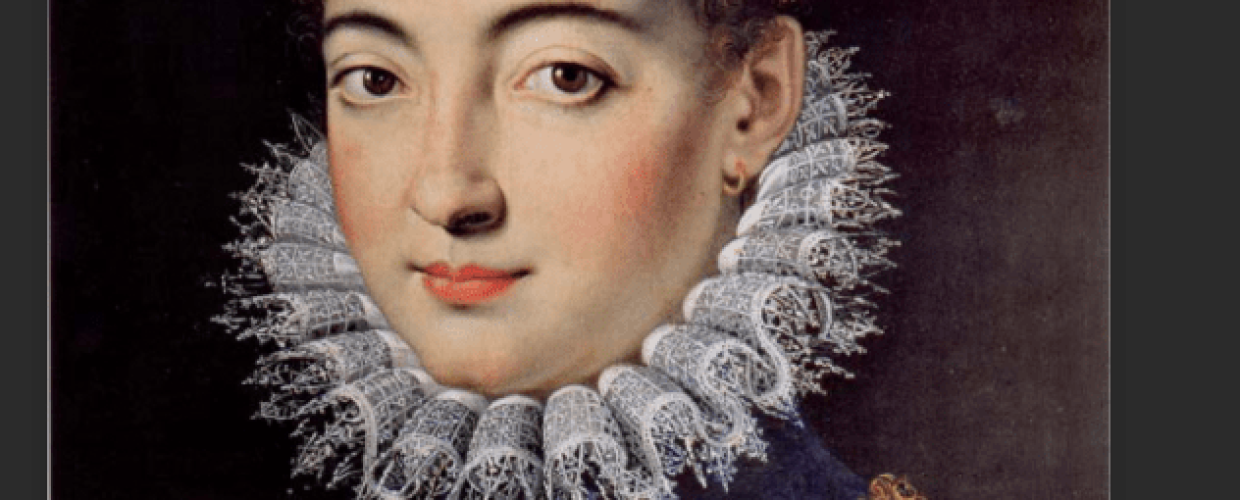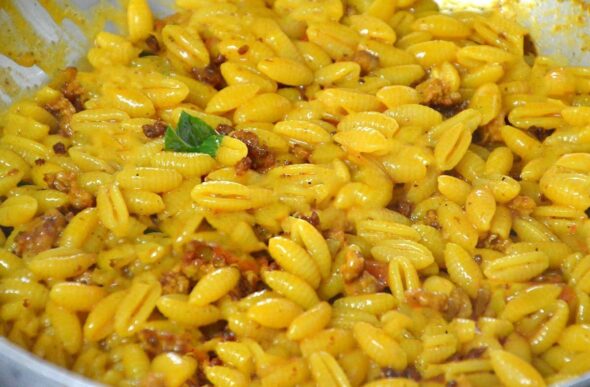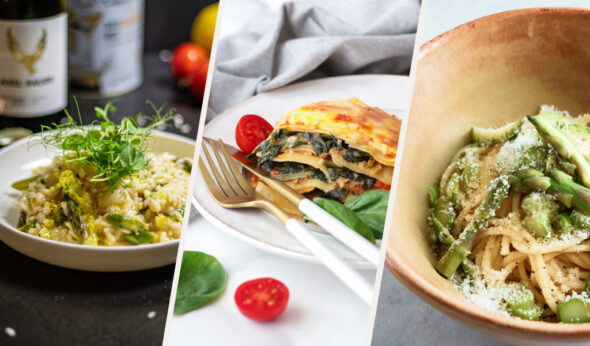Catherine was born in Florence, Italy on 13 April 1519, her full name was Caterina Maria Romola di Lorenzo de’ Medici.
Her father was Lorenzo de’ Medici II, her mother was a French princess, Madeleine de la Tour d’Auvergne. Her uncles were powerful Popes in Rome.
She travelled from Italy to Marseille in October 1533 to marry Henry II, Duke of Orléans and future King of France at the age of fourteen. Also known as ” queen mother ”, generated three kings of France: Francis II, Charles IX and Henry III.
When she moved to France, she wasn’t satisfied with French cuisine, and so she made sure that some of the best Italian chefs Italy had to offer at that time would’ve join her.
It is known that French cooks learned from Caterina’s cooks some of the tasty recipes that later became the foundations of traditional French cuisine. Catherine’s influence in the royal kitchens of France also brought about a change in flavour as her chefs began to complement the natural flavours of the food with local herbs and spices rather than masking the flavours with heavy sauces or spices.
Caterina de ‘Medici revolutioned the table setting as well, with damask tablecloths, and the plates that were changed between courses. She introduced the use of the fork and napkins and savoury dishes were served separately from desserts for the first time.
Also, for the first time, it was possible to taste some new vegetables, unknown to Franc people at that time: broccoli, asparagus, peas, tomatoes and the queen’s favourites, artichokes and music was also introduced to accompany meals.
Recipes that everyone knows as French, have an origin that is entirely Tuscan and, in particular, Florentine. Some significant examples: Salsacolla (Béchamel), Onion Soup (Soupe d’oignons), Pezzole della Nonna (Crêpes), Duck with melangola (Canard à Orange), Crostini di Fegato (Pâté de foie) ), the Stiracchio (Bœuf miroton), the Tuttoinsieme (Ratatouille).
The earliest known reference to Catherine as the popularizer of Italian culinary innovation is the entry for “cuisine” in Diderot and d’Alembert’s Encyclopédie published in 1754, which describes haute cuisine as decadent and effeminate and explains that fussy sauces and fancy fricassees arrived in France via “that crowd of corrupt Italians who served at the court of Catherine de’ Medici.
However, some researcheas suggests that this is not totally true. According to Barbara Wheaton and her book, “Savoring the Past”, Catherine was not pivotal for the development of the French cuisine. Barbara stated that the Haute Cuisine of France began a century later without any signs of Italian influence. In addition, she adds that some developments of the French cuisine accredited to Catherine de Medici existed already before she arrived.









